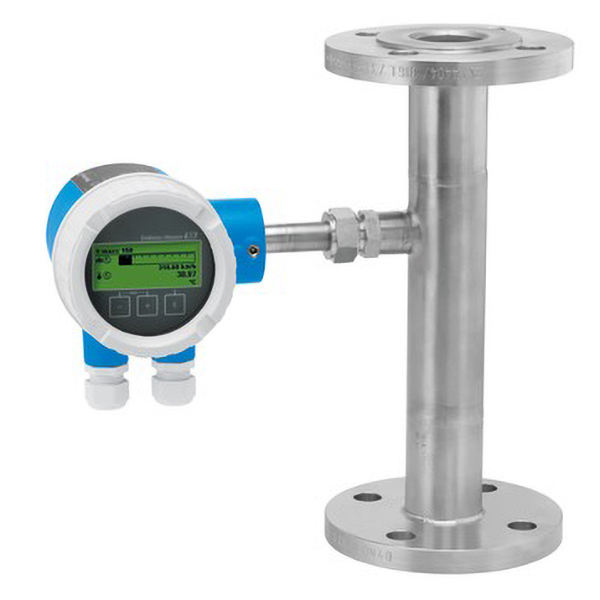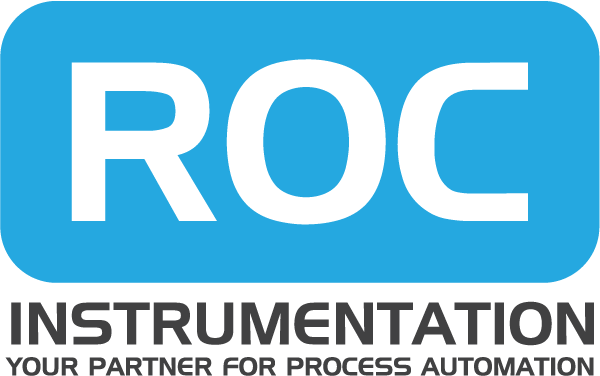Endress+Hauser Flow Portfolio
Proven flow measuring technology for all electrically conductive liquids in every industry Electromagnetic flow meters have been used throughout industries for more than 60 years.
These meters are applicable for all conductive liquids, such as water, acids, alkalis, slurries and more. Typical applications are monitoring of liquids, filling, dosing and precise measurement in custody transfer. Endress+Hauser has manufactured more than two million mag meters since 1977. Electromagnetic flow measuring principle; Faraday’s law of induction states that a metal rod moving in a magnetic field induces electrical voltage. This dynamo principle also governs the way electromagnetic flow meters work. As soon as the electrically charged particles of a fluid cross the artificial magnetic field generated by two field coils, and electric voltage in induced. This voltage, tapped by two measuring electrodes, is directly proportional to the velocity of flow and thus to the flow volume.
Benefits:
- Virtually independent of pressure, density, temperature and viscosity
- Even fluids with entrained solids can be metered (e.g. ore slurry, or pulp)
- Wide range of nominal diameters (DN2 … DN2400)
- Free pipe cross-section: CIP/SIP cleanable, piggable
- No moving parts, maintenance-free
For additional information please feel free to contact our team directly.

Simultaneous measurement of mass flow, density, viscosity and temperature opens entirely new perspectives for process control, quality assurance and plant safety.
Coriolis flow measuring principle:
Each Coriolis flowmeter has one or more measuring tubes which an exciter causes to oscillate artificially. As soon as the fluid starts to flow in the measuring tube, additional twisting is imposed on this oscillation due to the fluid’s inertia. Two sensors detect this change of the tube oscillation in time and space as the ‘phase difference’. This difference is a direct measure of the mass flow.
In addition, the fluid density can also be determined from the oscillation frequency of the measuring tubes. The temperature of the measuring tube is also registered to compensate thermal influences. The process temperature derived from this is available as an additional output signal.
Benefits:
- Universal measuring principle for liquids and gases
- Multivariable measurement – simultaneous measurement of mass flow, density, viscosity and temperature
- High measuring accuracy: Typically, ±0.1%, optionally ±0.05% with special calibration
- No inlet/outlet runs required
- Measuring principle independent of the physical fluid properties and the flow profile
For additional information please feel free to contact our team directly.
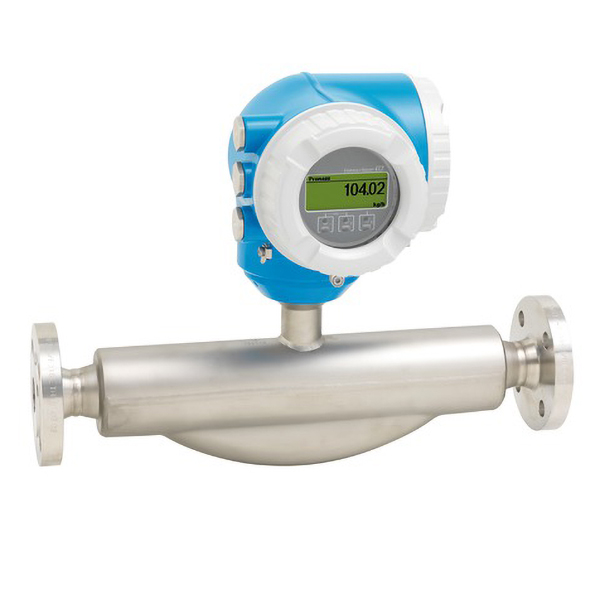
Versatile and economical flow measurement of gases and liquids.
Using ultrasonic waves, the volume flow of a wide variety of gases and liquids can be measured reliably, independent of electrical conductivity, pressure, temperature or viscosity.
Ultrasonic flow measuring principle:
Swimming against the flow requires more power and more time than swimming with the flow. This simple fact is the basis for ultrasonic flow measurement according to the ‘differential transit time’ method. This method uses two sensors, set opposite each other in the measuring tube. Each sensor can alternatively transmit and receive ultrasonic signals, while simultaneously measuring the signal transit time. As soon as the fluid in the tube starts to flow, the signals are accelerated in the direction of the flow but delayed in the opposite direction. This differential transit time, measured by the two sensors, is directly proportional to the flow rate.
Benefits:
- Measurement independent of pressure, density, temperature, conductivity and viscosity
- Free pipe cross section, no pressure loss
- No moving parts, minimum maintenance and upkeep
- Long service life, no abrasion or corrosion from the fluid
- In-line or clamp-on design for stationary or temporary flow measurements
For additional information please feel free to contact our team directly.
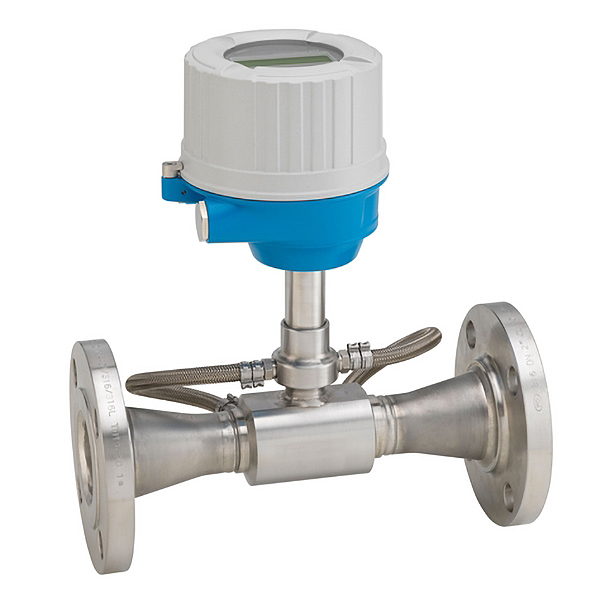
Robust and universally applicable for liquids, gases and steam.
Vortex flow meters are used in all industries to measure the volume flow of liquids, gases and steam. Applications in the chemicals and petrochemical industry for example, in power generation and heat-supply systems involve widely differing fluids: saturated steam, superheated steam, compressed air, nitrogen, liquefied gases, flue gases, carbon dioxide, demineralised water, solvents, oils, boiler feedwater, condensate etc.
Vortex flow measuring principle:
The measuring principle is based on the fact that turbulence forms downstream of obstacles in the flow. Inside each vortex flow meter, a bluff body is therefore located in the middle of the pipe. As soon as the flow velocity reaches a certain value, vortices form behind this bluff body, are detached from the flow and transported downstream. The frequency of vortex shedding is directly proportional to the mean flow velocity and thus to volume flow. The
detached vortices on both sides of the bluff body generate alternately a local positive or negative pressure that is detected by the capacitive sensor and fed to the electronics as a primary digital, linear signal.
Benefits:
- Universally suitable for measuring liquids, gases and steam
- Largely unaffected by changes in pressure, density, temperature and viscosity
- High long-term stability: no zero-point drift and lifetime calibration
- Large turndown of typically 10:1 to 30:1 for gas/steam, or up to 40:1 for liquids
- Wide temperature range: -200 to +400°C (+450°C on request)
For additional information please feel free to contact our team directly.
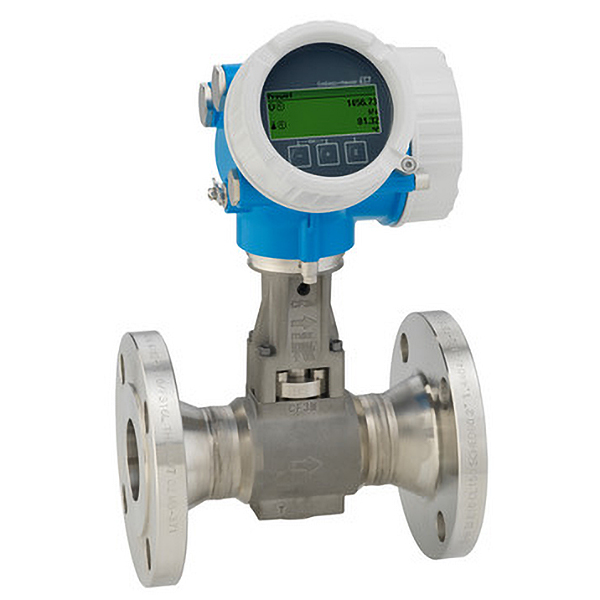
Direct mass measurement of industrial gases, compressed air and aqueous fluids.
Whenever high turndown or low-pressure losses are important in gas metering applications in any industry, thermal mass flow meters offer a real alternative to traditional measuring techniques, whether for process control, consumption and supply monitoring, detecting leaks or monitoring distribution networks. Using insertion versions, it is also possible to measure gas flows in very large pipelines or in rectangular ducts.
Thermal mass measuring principle:
This measuring principle is based on the fact that heat is drawn from a heated body when a fluid flows past. A thermal flow meter contains two PT100 temperature sensors for this purpose. One sensor measures the current fluid temperature as a reference. The second sensor is heated and has a constant temperature differential relative to the first sensor at ‘zero flow’. As soon as the fluid begins to flow in the measuring tube, the heated temperature sensor cools off due to the fluid flowing past – the higher the flow velocity, the greater the cooling effect. The electric current required to maintain the temperature
differential is thus a direct measure of mass flow.
Benefits:
- Direct measurement and display of mass flow and fluid temperature
- No pressure or temperature compensation required
- High turndown (100:1)
- Excellent low-end sensitivity
- Quick reaction to fluctuations in flow
For additional information please feel free to contact our team directly.
